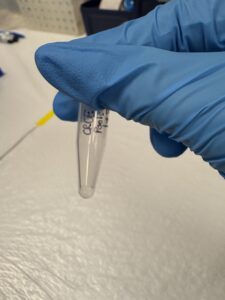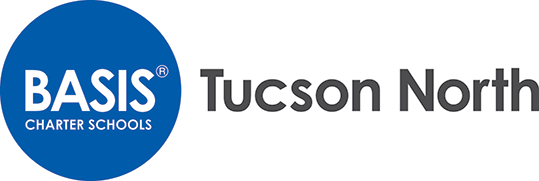Week 4: All That For 30 Microliters??
Claire S -
This week was very lab-intensive as we prepared to send our DNA for sequencing. Each day we did a different process and I learned so much.
On Monday, we did a restriction digest, which involved making a master mix with two enzymes- EcoRI-HF and Nla III. These enzymes cut the DNA at certain restriction sites, which are groups of nucleotides in a certain order. We put the samples in a Thermocycler, which regulated the temperature so the reactions could occur. Then we did a bead clean-up. We used a liquid that contained magnetic beads that bonded to the DNA and allowed us to remove the remaining waste liquid. This was a long process as we did it one column at a time, and each column took 30 minutes. (Pictures Below)


On Tuesday, we quantified all the samples to find out their concentrations. We had 57 samples since we added replicates. We read the samples twice and then took the average of the two values. Unfortunately, 3 of our samples read <0.1 ng/μL on both readings. We re-prepared the samples for quantification, and luckily, 2/3 of the samples were in range. The remaining sample was still reading <0.1 ng/μL, but fortunately, we had made a replicate for it. We then used our results to normalize the samples so they all had the same concentrations.
On Wednesday, we went through a process called ligation, which involved binding adaptors to each of our samples. Adaptors are synthetic sequences that bind to either the 5′ or the 3′ end of the DNA. These help us identify the samples after they’ve been sequenced. We had more samples than adaptors, so we reused a few. This is normal and simply meant we needed to split our samples into two ‘pools’. We then put them in the Thermocycler. Afterward, we put the first 28 samples into one tube and the last 28 in a different tube! This surprised me since we had spent the past 3 weeks trying to prevent contamination. The reason we were able to combine them is because they were now individually tagged. We then ran another bead clean-up. (Pictures below).


On Thursday, we ran a Pippin Prep. This involved using a gel to separate the DNA fragments we wanted from the parts we didn’t want. We wanted fragments ranging from 350 to 422 base pairs. For this process, we got to travel to a different lab! We used an agarose gel cassette, and it was the first time I had ever seen one in person. (Pictures below).


On Friday, we quantified our DNA, and both pools had good concentrations. We did PCR (polymerase chain reactions) for our pools. We did 9 PCR reactions for each pool in order to really amplify our DNA. The PCR reactions also added an additional identifying barcode to each of our samples. After the reactions occurred, we did another bead clean up before re-quantifying for one last time. (Picture below).

Next week, I will be taking my spring break, but I will be back the week after that! I’m unsure if I will have the sequencing data, but if not, I plan to go back into the lab and continue learning by working on some other genetics projects!

Comments:
All viewpoints are welcome but profane, threatening, disrespectful, or harassing comments will not be tolerated and are subject to moderation up to, and including, full deletion.